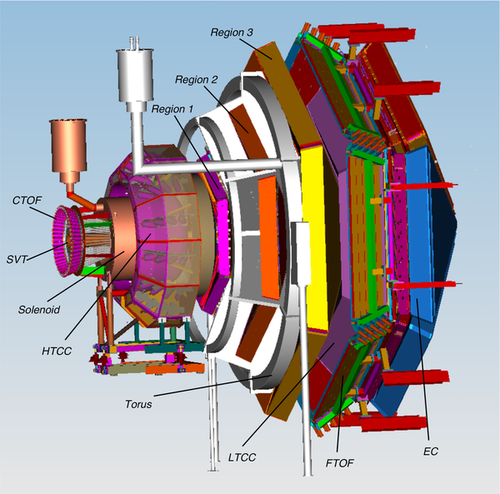Engineering Run
The printable version is no longer supported and may have rendering errors. Please update your browser bookmarks and please use the default browser print function instead.
[edit]
Shift ScheduleShift ChecklistHot CheckoutBeam Time Accounting |
Manuals |
Procedures |
JLab Logbooks
|
|
| |||||||||||||||||||||||||||||||||||||||||||||||||||||||||||||||||||||||||||||||||||||||||||||||||||
- Note, all non-JLab numbers must be dialed with an area code. When calling from a counting-house landline, dial "9" first.
- To call JLab phones from outside the lab, all 4-digit numbers must be preceded by 757-269
- Click Here to edit Phone Numbers. Note, you then also have to edit the current page to force a refresh.
Click Here to edit Phone Numbers. Note, you then also have to edit this page to force a refresh.
CLAS12 Engineering Run, Winter 2018
Beam energy 2.1 GeV (1 pass)
Important: Document all your work in the logbook!
Remember to fill in the run list at the beginning and end of each run (clas12run@gmail.com can fill the run list)
RC: Raffaella De Vita
- (757) 575-7540
- 9 575 7540 from Counting Room
- devita@jlab.org
PDL: Eugene Pasyuk
- (757) 876-1789
- 9 876-1789 from Counting Room
- pasyuk@jlab.org
- Note 1: Be very mindful of the background rates in the halo counters, rates in the detectors, and currents in the SVT for all settings to ensure that they are at safe levels.
- Note 2: At the end of each run, follow the DAQ restart sequence "end run", "abort", "reset", "download", "prestart", "go". After DAQ prestart is complete reboot the scaler IOCs with the command: iocjscalerRestartAll.sh. Note: After each step, make sure it is complete in the Run Control message window. If a roc has crashed, find which one it is and issue a roc_reboot command and try again. Contact the DAQ expert if there are any questions.
- Note 3: Nominal beam positions: 2C21 (X=0.0 mm, Y=0.0 mm), 2C24 (X=0.0 mm, Y=0.7 mm), 2H01 (X=0.7 mm, Y=-0.5 mm)
Run Plan:(last update 1/24 - 11:00 pm)
|
General Instructions:
Every Shift:
Every Run:
|
Webcams |
Manuals |
Epics on the web
|
